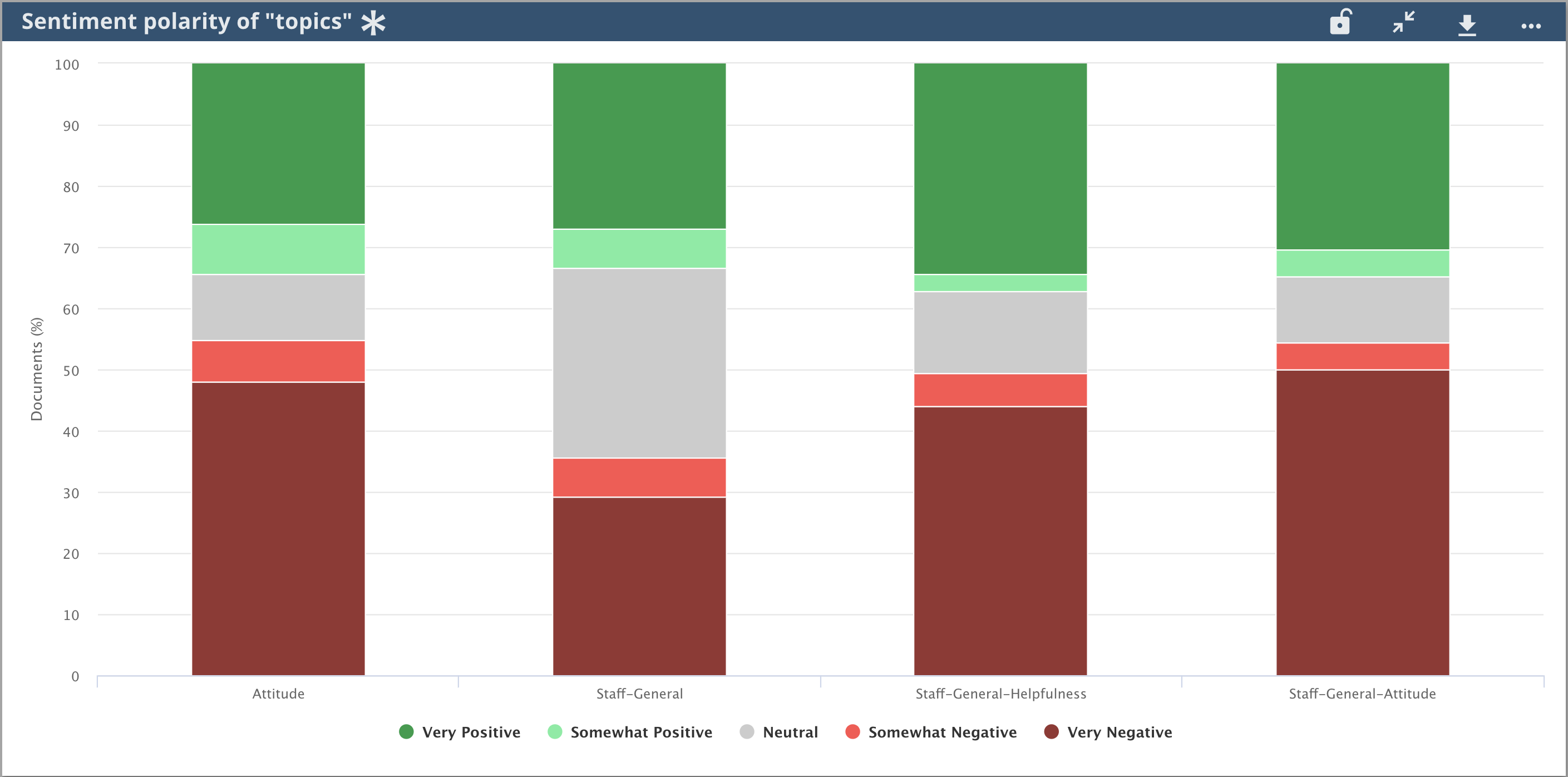Airport Series: JFK And Planning For The Future
JFK International Airport is about to undergo a massive renovation. To understand what JFK should change and why, we analyzed 1000's of traveler reviews using our web-based text analytics platform. Here's what we found.
Consider New York City: the tangy gradient of smells emerging from chocolate shops and beer halls between 18th Street and 14th Street; the dissonance of high heels and sirens pounding against the Upper West Side; plumes of steam on a cold night, seething from deep within the City’s crust. New York is the navel of civilization — a hub where all people meet. To this end, its primary ports of entry, its airports, are unique in their role as ambassadors of the City.
A business and an icon
In this series we’ve examined airports like any other business. But for John F. Kennedy International Airport (JFK), the delineations between retail space, transit hub, and cultural monument are blurred. Analyzing public comments on JFK’s official Facebook page, we found an uncanny trend of users equating the airport to the city as a whole. Unfortunately, the comparison rarely proved positive. This is true even for the locals: “I have lived in NYC for 12 years,” says one man, “this airport is an example of everything wrong in this great city.” So, how might such an airport remedy this reputation crisis?
Here’s to new beginnings
In January 2017, New York Governor Andrew Cuomo announced a $7-10 billion renovation plan for JFK International Airport. While a start-date has yet to be announced, the Governor’s office is accepting proposals. How might this portal to New York City respond to customer feedback? We uncovered some rich insights by mining and structuring thousands of free text reviews from travelers passing through JFK. The body overseeing the renovations, the Airport Master Plan Advisory Panel (AMPAP), might set some criteria based on these qualitative feedback.
Get connected
We ran this Facebook text data set though our web client, Semantria Storage & Visualization (SSV). By viewing Topics, which are query- or model-generated document classifications (in other words, known categories you’re actively looking for), we can see an immediate issue.
Figure 1: JFK topic sentiment polarity.
Notice Internet, the solid red column near the center of the visualization. What might be going on here? As we drill down we quickly notice something all too familiar to any regular at JFK: Wifi. Take it from one foreign traveler:
“How it is possible that one of The biggest airport [sic] of The world dont [sic] Provide free wifi???”
And, from a sardonic American:
“Get free wifi, this place is like a greyhound station ?”
There is, in fact, not a single neutral or positive mention of wifi in the JFK data set. It’s 100% negative. When planning future terminal renovation, AMPAP ought to consider network optimized architecture as well as sponsored, complimentary wifi.
Kindness is a universal language
A trend we’ve noticed across our airport experiment is the frequency of staff attitude. Staff attitude frequently plays first fiddle in the qualitative reviews.
This pie chart illustrates how much of the JFK data set is dedicated to customer-staff interactions.

All four variants — Attitude, Staff-General, Staff-General-Helpfulness, Staff-General-Attitude — constitute a volume nearly equal to the next 16 topics combined. Furthermore, we begin to notice a troubling situation when we compare this pie chart to the sentiment polarity columns from the first visualization. Frequently, customer-staff interactions result in negative feedback.

For each of these categories, sentiment skews neutral-negative. Frequently, visitors mention how JFK appears understaffed, like this American traveler:
“Not enough staff, the staff you do have are rude, shouting at the public like they’re animals. I will never fly through JFK again. End of story.”
JFK is close to two competing airports, including Newark Airport. This means JFK’s non-aeronautical facilities, such as restaurants and retail stores, are especially susceptible to churn. A disgruntled guest, like the one highlighted above, can have a sphere of social influence encompassing hundreds of potential customers.
Hearing and addressing these concerns are the only way to ensure JFK retains a dedicated user base.
The road ahead for JFK
The AMPAP renovation project will cover a broad scope. But central to the mission ought to be the loud and colorful social media manifesto issued by JFK’s many customers. Staff attitude and wifi aren’t the only discussion topics. Hundreds of JFK reviews point to broken elevators, jammed jetways, confusing signage, and more.
Keeping a finger on these real time data streams will define the projects of the future while maintaining the facilities of today.
